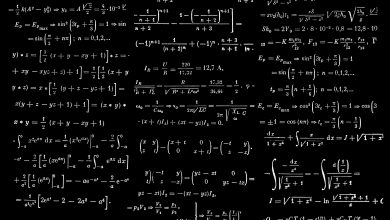What are the steps to writing a dissertation conclusion?

A dissertation conclusion is the last part of your thesis. It is where you summarize your findings and discuss how they fit in with existing research. You should also consider what recommendations you can make for further study of the topic, how well you’ve met your objectives, and what further work could be done by other researchers based on what you already know about this subject area.
What is a dissertation conclusion?
The conclusion is the last part of your dissertation. It summarises all the research findings, where you tell what was learned from the study. The conclusion can be written in two ways:
- You can restate your research question and state that you have answered it with evidence from your study (this approach is often used when writing a literature review).
- You can state whether or not you found any evidence that supports or refutes your hypothesis and why (this approach is often used when writing an empirical dissertation).
Dissertation conclusion purpose:
The purpose of a dissertation conclusion is to provide an overview of the research and its findings. In other words, it should summarize your research and present it in an organized manner to make sure that readers can understand what you have done. The following are some common purposes:
- To sum up the main points of the research
- To summarize the findings
- To highlight key implications and contributions of this research
- Provide a brief overview of how you conducted your studies (results)
Tips for writing the conclusion chapter of a dissertation
- Include the main research question
- Summarize the main results
- Summarize the main conclusions
- Summarize the main recommendations
- Summarize the main contributions (why is your research useful?)
- Summarize any limitations of your study, and explain how you plan to address these limitations in future studies.
Create an outline for the conclusion chapter
- The outline should be written before the conclusion
- Include a summary of the research, its findings, significance, and recommendations for future research.
Be brief and to the point.
Your dissertation conclusion should be brief and to the point. You should not go into too much detail, as it will only make your reader feel overwhelmed and confused. Instead, you should try to summarize the key points you’ve made in your paper and link them back to your research question. In addition to summarizing the main findings of your study, you should also include any personal reflections on what you have learned during the research process. On a side note: if you can’t seem to figure it out, go to Research prospect for help.
Further research recommendations:
This section should also contain recommendations for future research. Considering your study’s limitations or findings, you may wish to conduct further studies. Consider listing potential avenues for further study or outlining specific questions to explore in future studies. Including details demonstrates your knowledge of current limitations and your capacity for critical thinking.
In an ideal world, your dissertation would be the last word on its subject. But in our reality, there’s always more to learn. The most important part of your conclusion is what you recommend for future research.
A few things to keep in mind when developing a research agenda:
- Think about how your work relates to other research—and what it doesn’t. What are the gaps? Are there ways you can build on the existing literature?
- Stay specific and concrete. If possible, include at least one or two concrete recommendations to help start or advance the conversation about your topic by involving more people (or funding).
Relevancy to the prior research:
A dissertation conclusion should communicate how well you have answered your research questions and if any important findings were not previously identified.
To write an effective dissertation conclusion:
- You must re-state your dissertation’s purpose and problem statement to provide closure for readers who have been following along with your arguments so far (again, remember that they may not have read the entire paper).
- Provide a summary of what you did (if necessary) to answer these questions. Make sure the reader can see that this method produced better results than another!
- It’s time for reflection on what happened during the process – how did things go? What challenges did I face? What could I do differently next? What were my biggest challenges? How did learning about these things change my perspective?
Conclusion
If you have followed the above steps for writing a dissertation conclusion, you can be sure that your paper will be well-received by the readers. In addition, it will increase your chance of getting a good score from the examiners because nothing beats an essay that is well-written and easy to read. If you want your work to be taken seriously, it needs to be done with care and attention so that every word counts and conveys its message!





